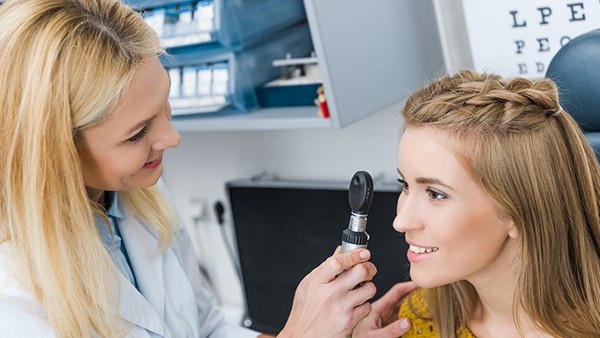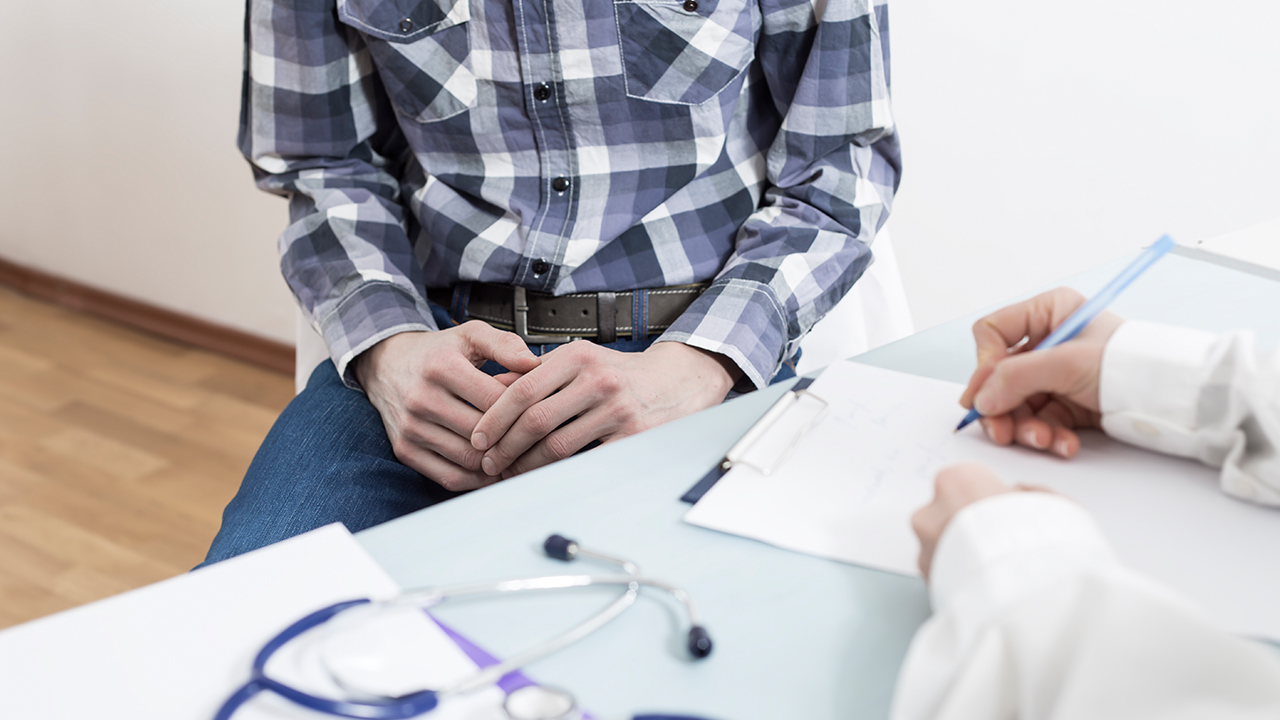Lipid Droplet Metabolism in Dengue Virus Infection

Lipid droplets (LDs) are dynamic organelles that play a critical role in lipid storage and metabolism. In recent years, increasing evidence has suggested that LDs are also involved in the replication and pathogenesis of dengue virus (DENV), a mosquito-borne flavivirus that infects an estimated 390 million people annually.
DENV Replication Cycle and LD Association
DENV enters host cells via receptor-mediated endocytosis and uncoats its viral RNA into the cytoplasm. The viral RNA is then translated into a single polyprotein, which is subsequently cleaved into individual proteins, including the capsid, envelope, and non-structural proteins. The non-structural proteins, including NS3, NS4B, and NS5, are responsible for viral RNA replication and assembly.
Interestingly, DENV has been found to associate with LDs throughout its replication cycle. During viral entry, DENV particles have been shown to interact with LDs, which may facilitate the delivery of the viral genome to the replication complex. Once inside the cell, DENV RNA replication occurs in association with LDs. Electron microscopy studies have revealed that DENV replication complexes are often found in close proximity to LDs or even within LD-associated membranes.
Role of LDs in DENV Replication
LDs provide several advantages for DENV replication. First, LDs are a source of lipids, which are essential for viral membrane formation and assembly. Second, LDs have been shown to sequester antiviral factors, such as interferons, away from the replication complex. This allows DENV to evade the host immune response and replicate more efficiently. Third, LDs may provide a physical platform for the assembly of DENV particles. The curved surface of LDs may facilitate the interaction and organization of viral proteins into infectious virions.
LD Metabolism in DENV Infection
DENV infection has a profound impact on LD metabolism. The virus induces the accumulation of LDs in infected cells by inhibiting the breakdown of triglycerides and promoting the synthesis of fatty acids. This accumulation of LDs is accompanied by changes in the expression and localization of LD-associated proteins.
One of the key LD-associated proteins regulated by DENV is perilipin 2 (PLIN2). PLIN2 is a scaffolding protein that controls the size and number of LDs. During DENV infection, PLIN2 expression is increased, and the protein is redistributed to LDs. This increased expression of PLIN2 leads to the formation of larger and more numerous LDs, which may benefit DENV replication.
Implications for DENV Pathogenesis
The association of DENV with LDs and the virus-induced changes in LD metabolism have several implications for DENV pathogenesis. First, the accumulation of LDs in infected cells may contribute to the development of the fatty liver disease that is often associated with severe DENV infection. Second, the sequestration of antiviral factors by LDs may contribute to the immunosuppression that is also observed in severe DENV infection. Third, the role of LDs in DENV replication and assembly suggests that targeting LD metabolism could be a potential antiviral strategy.
Conclusion
Lipid droplets play a critical role in DENV replication and pathogenesis. The virus associates with LDs throughout its replication cycle, and DENV infection induces changes in LD metabolism that benefit viral replication. Further understanding of the interplay between DENV and LDs could lead to the development of new antiviral therapies.
The above is all the content that the editor wants to share with you. I sincerely hope that these contents can bring some help to your life and health, and I also wish that your life will be happier and happier.
Tags: #metabolism #droplet #lipid











